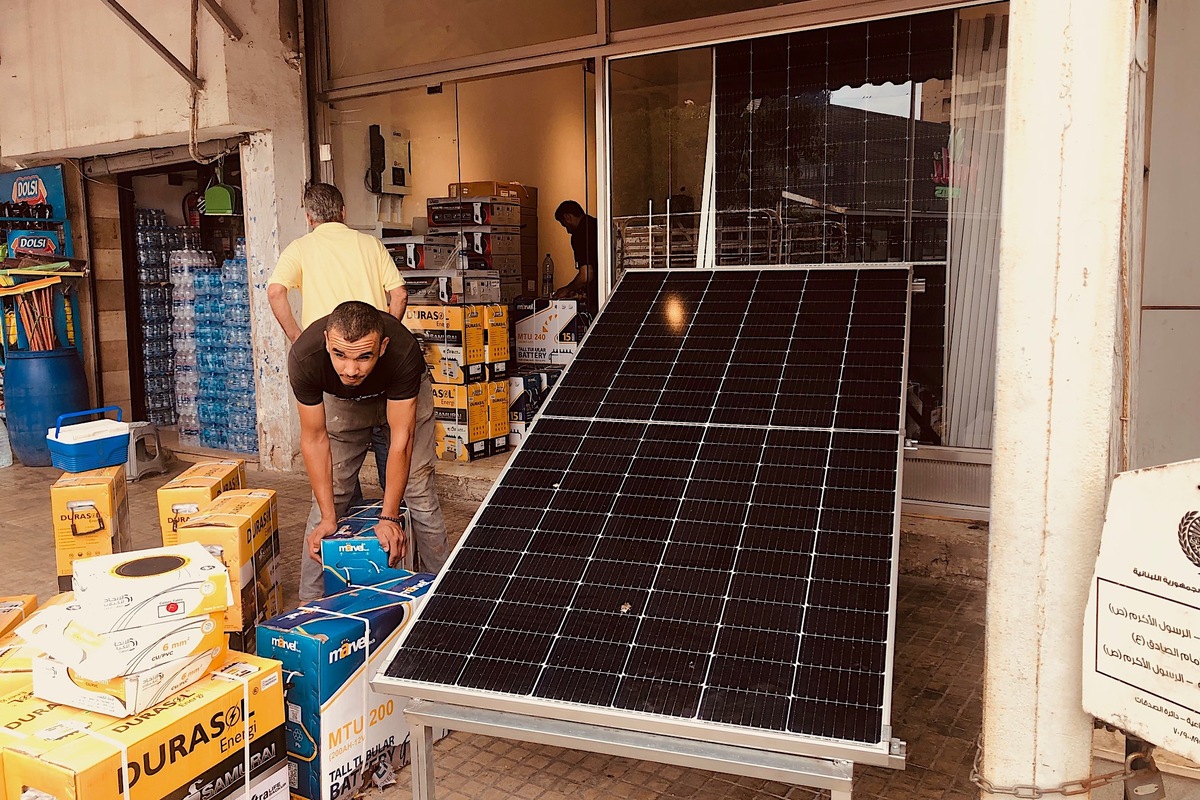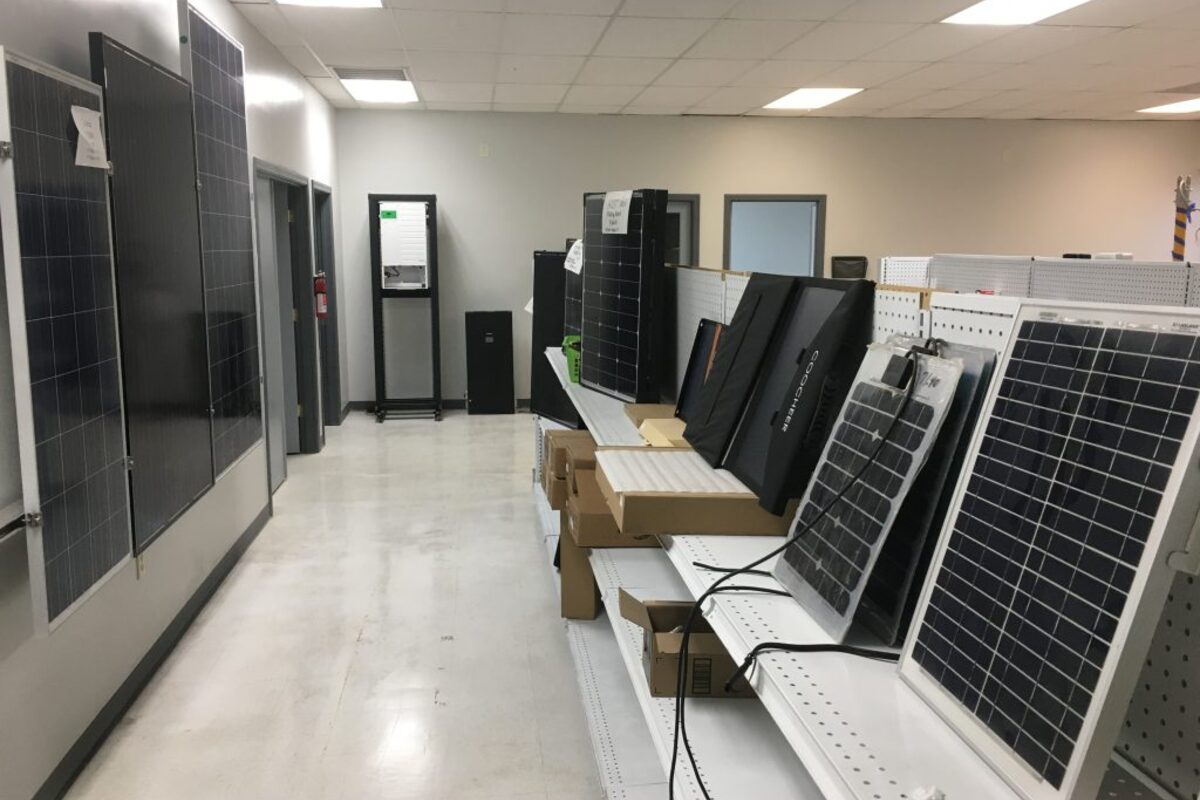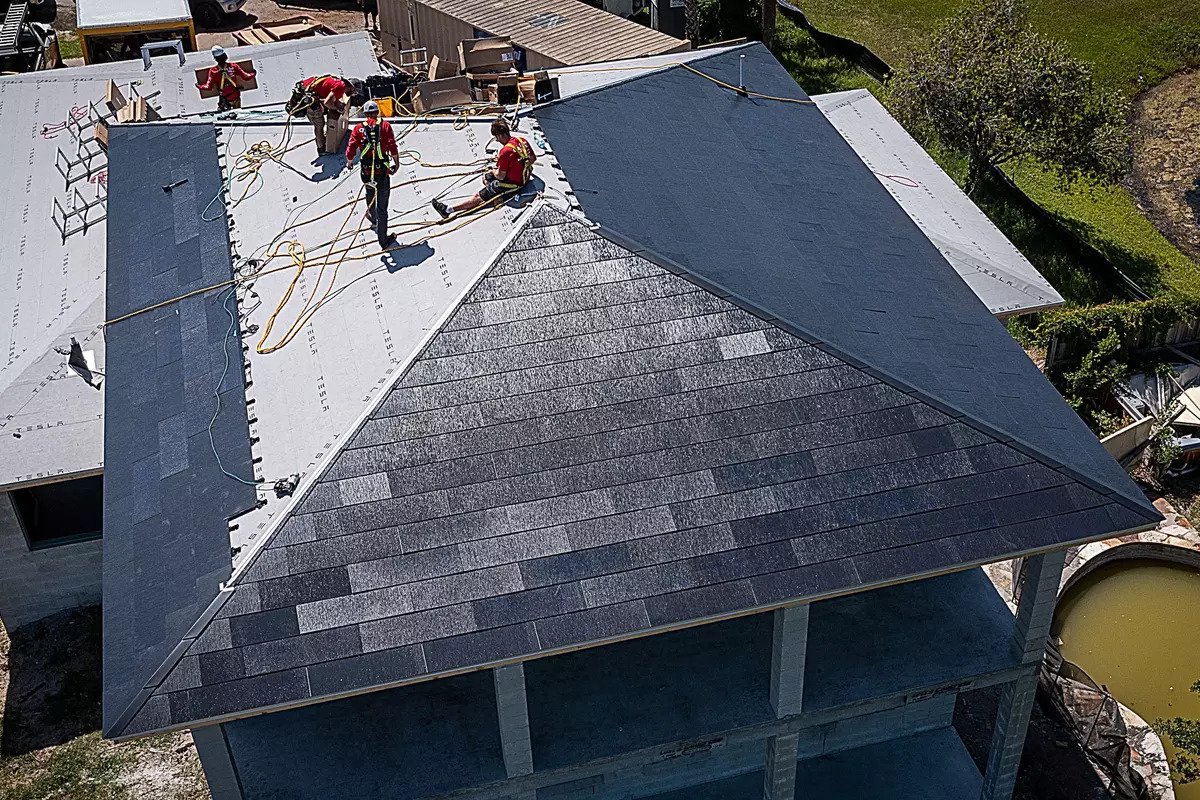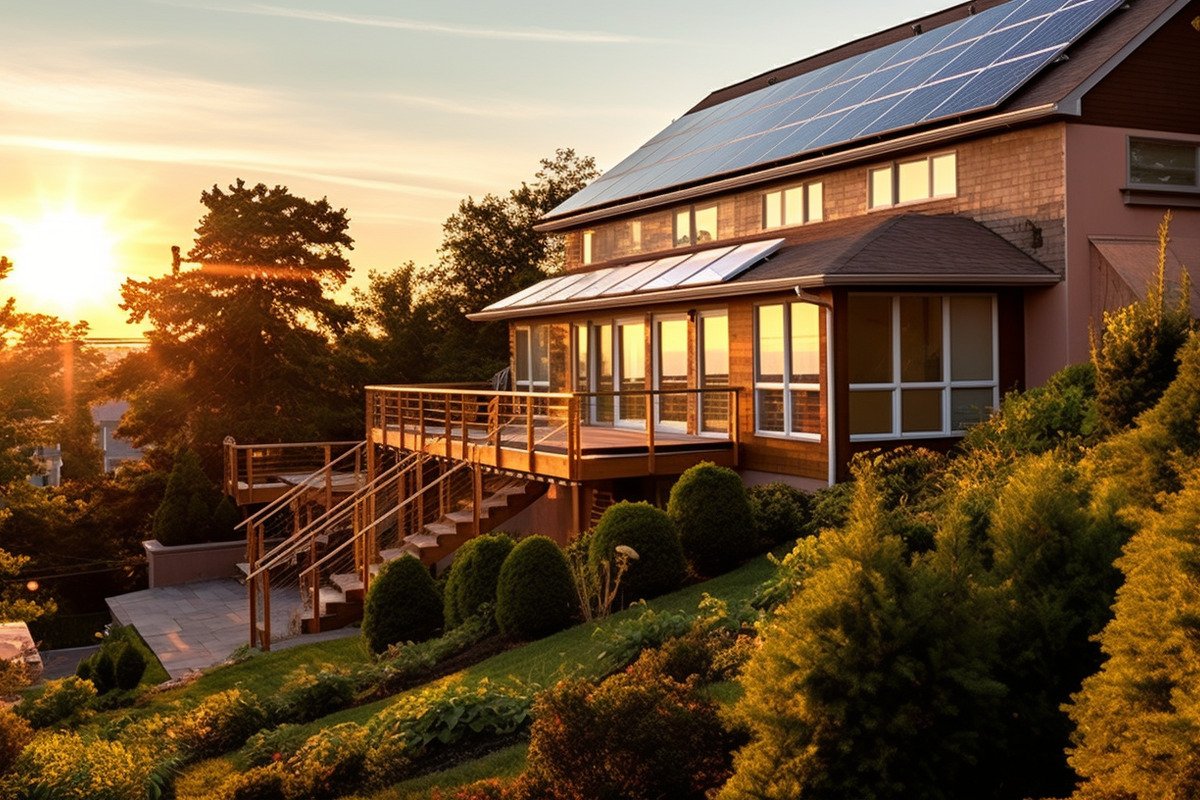he average cost of solar panels is approximately $16,000, spanning a range from $4,500 to $36,000, contingent upon the specific type and model.
While solar panels can undoubtedly lead to significant energy cost savings, being aware of the initial investment required for solar panel installation is essential for budgeting purposes.
Cost by Type
Solar panels come in various types, each with differences in durability, efficiency, and size, depending on your specific needs. Here’s an overview of the top three solar panel types:
Monocrystalline Solar Panels
Monocrystalline solar panels are known for their high energy efficiency. They typically cost around $1 to $1.50 per watt. For a 6kW solar panel system, the cost would range from $6,000 to $9,000. These panels have a longer average lifespan of up to 40 years.
While both monocrystalline and polycrystalline panels are suitable for residential use, monocrystalline panels tend to be more efficient.
Polycrystalline Solar Panels
Polycrystalline solar panels are slightly less energy-efficient than monocrystalline panels. They are more affordable, costing about $0.75 to $1 per watt. For a 6kW solar panel system, the cost would range from $4,500 to $6,000.
These panels are commonly used in residential settings due to their balance between cost and efficiency. They have an average lifespan of 25 to 30 years.
Thin-Film Solar Panels
Thin-film solar panels are the least expensive option, costing between $0.75 and $1.10 per watt. For a 6kW solar panel system, the cost would range from $4,500 to $6,600. However, thin-film panels require more space and are primarily used in industrial settings or for smaller projects like RVs or sheds.
They have a shorter lifespan of 10 to 20 years and come with a shorter warranty period.
When choosing a solar panel type, consider factors such as your available space, budget, and desired efficiency to determine which option is the best fit for your needs.
Average Cost of Installation
The cost of installing solar panels can vary significantly, ranging from $5,400 to $18,000, and is influenced by two main factors: the amount of sunlight and regional incentives.
Amount of Sunlight
The quantity of solar panels needed to generate sufficient power is a major determinant of the cost variability.
For instance, in sunnier states like California, fewer solar panels might be required to meet your energy needs compared to a location with less sunlight like North Dakota. Generally, regions closer to the equator tend to have lower solar power costs, while areas with less sunshine might have higher costs.
Local Incentives
Location is important, but it’s not the only factor. Some sunny states may lack robust solar power incentives and net metering programs.
For instance, Alabama receives a good amount of sunlight but has limited net metering policies that allow you to earn credits for your solar energy production.
On the other hand, Washington may receive less sunlight overall, but it has strong net metering programs that can help you receive compensation for generating solar energy.
When evaluating the cost of solar panels, it’s crucial to consider local and state incentives. The Database of State Incentives for Renewables and Efficiency (DSIRE) is a useful resource for identifying policies and incentives in your area that could potentially lower the overall cost of your solar panel system.





